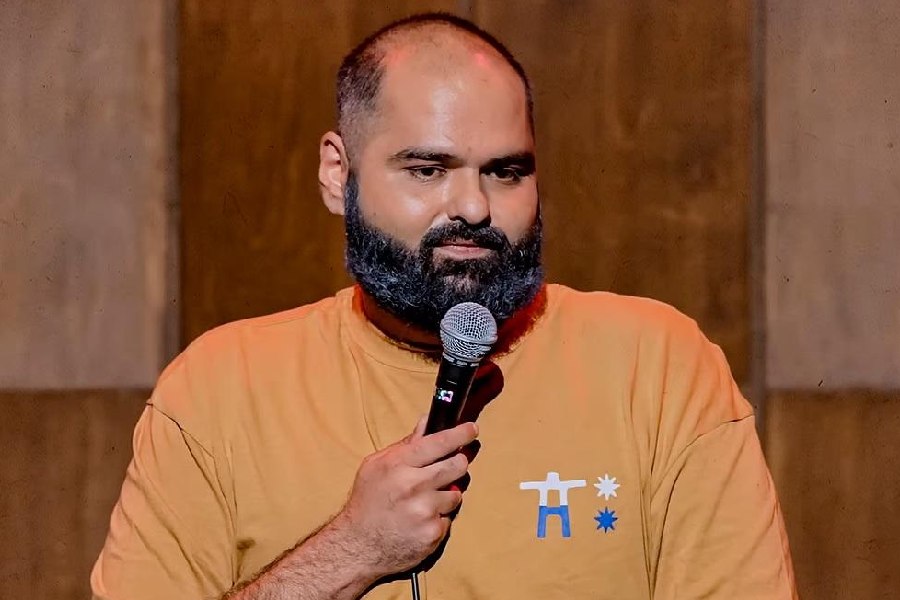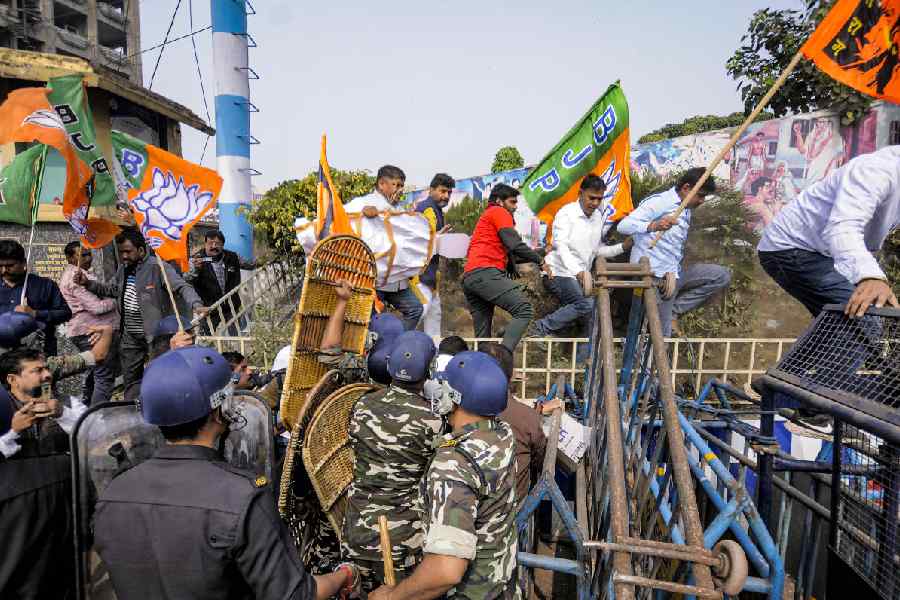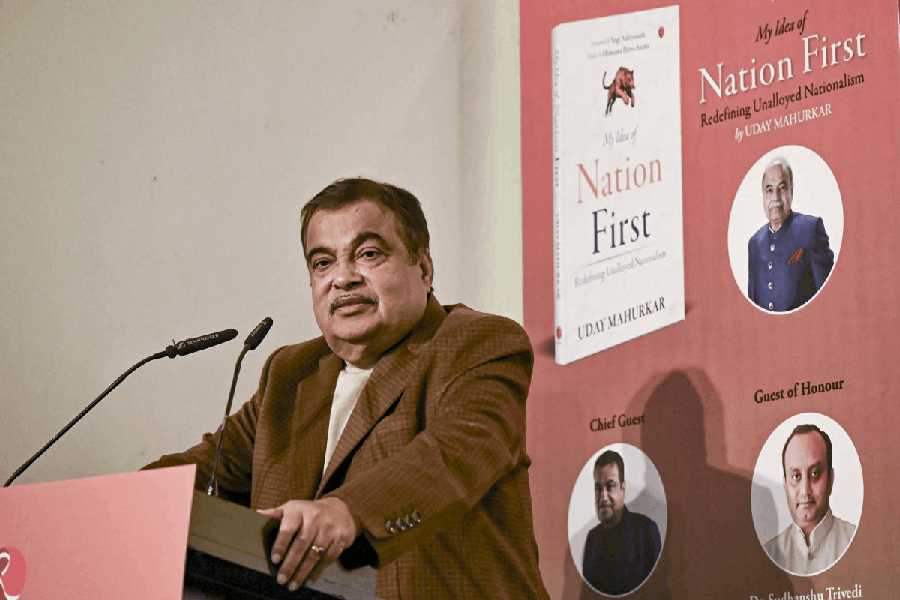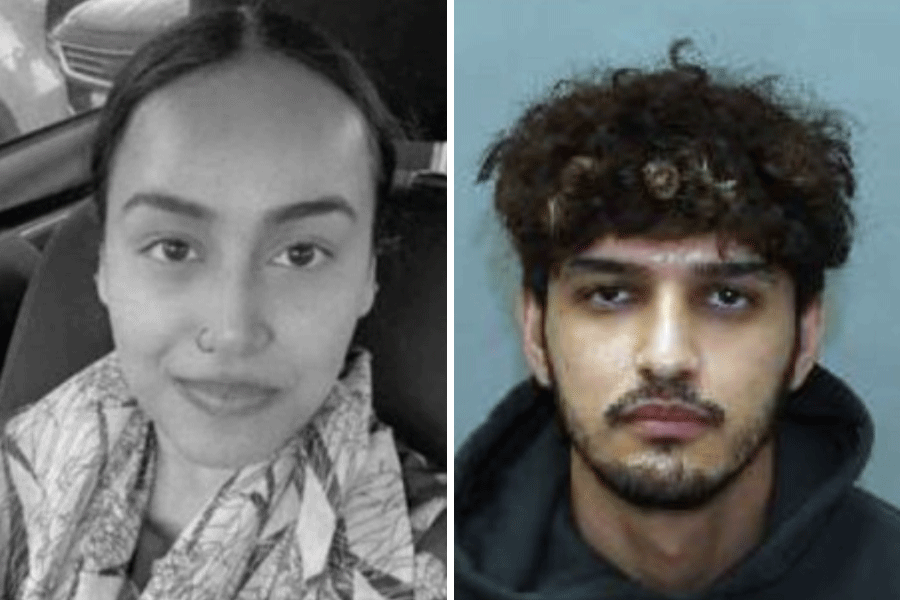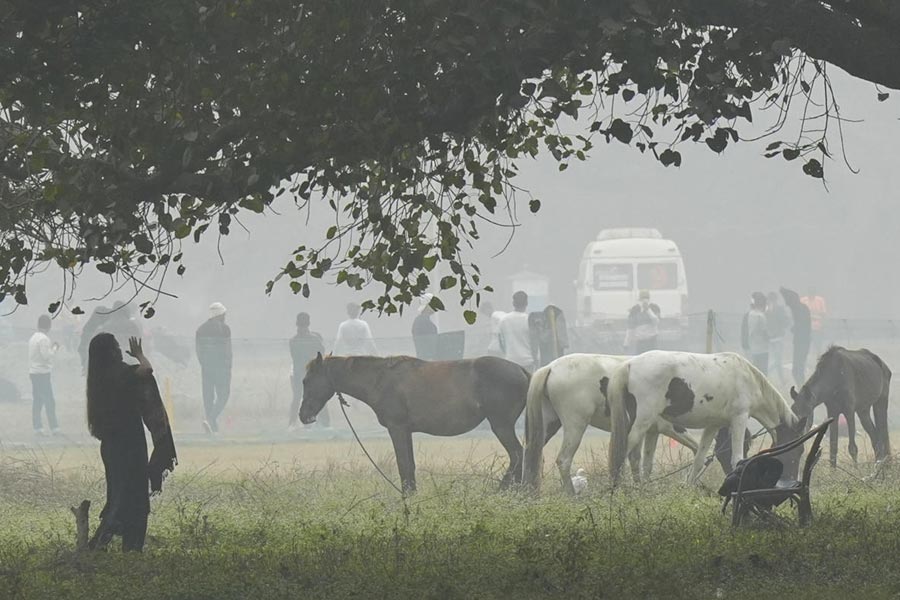The vandalism and blatant threats that followed the release of Kunal Kamra’s stand-up takedown of the former chief minister of Maharashtra, Eknath Shinde, has foregrounded, once again, questions regarding freedom of expression, the creative spirit, sharp criticism, and the role of satire and humour in Indian public life. It would be disingenuous to speak of the present situation without acknowledging that Indian society in general has been thin-skinned. We have vehemently opposed critical, artistic interpretations of life, myths, religion and politics. Propping up a few counter-examples does not erase the fact that innumerable artists have been attacked by private organisations, individuals, and even ostracised by both the Union and state governments for their work. In many cases, the targeted individuals have not been stand-up comedians. We must keep in mind that more cases of these excesses come to our notice today because of social media.
It is utterly irrelevant whether we like or dislike a piece of art. As long as it makes us feel and think in a manner that we are not used to, it has done its job. Artists can never choreograph the outcome of their work. They put it out there knowing fully well that it will elicit all kinds of reaction. This vulnerability is precious and needs to be safeguarded. Violence in all its forms belittles and tramples upon this beautiful act of openness that artists embody when they make art.
While physical violence, police action and court cases are visible methods of attack, many artists constantly face other forms of intimidation: rumour-mongering and spreading twisted and fake news through real and virtual whisper networks, pressurising family and friends, incessant social media abuse and sending out anonymous letters to organisations that support such artists are some examples. These modes of unnerving creative people not only take a toll on artists but also create an environment of docility and subjugation within the art world. The moment artists fall silent or apply the ‘beep’ sound to their work, society loses its critical faculties. The intention behind these actions is to stop artists from making art that fulfils its real intention: to wake us all up from intellectual and emotional inertia. Collectively, we do not understand the role of artists and of art itself. As per our own convenience, we recall something from the distant past to prove our eternal ‘tolerance’. But as a practice, we believe art is beatification, a pleasurable indulgence. It does not, in our minds, have a serious role to play. Literature, theatre, cinema and music are meant to entertain, please, titillate, even act as placebos, but not direct us towards awakened transformation. This is also why we are unable to accept any kind of alternative explanation to our mythological texts. Formost, there has to be a singular narrative, victory over evil, with some divine intervention thrown in. That these texts also provide an insight into social fissures and havemultiple interpretations are difficult to accept.
Statis is a must if an unthinking society is to be consecrated. This is exactly how the powerful view the role of art — as the cultural arm of the social Establishment. If a re-telling — even if it is false and causes social disturbance — suites the story that the Establishment wants to propagate, then it is permitted. This other point of view, though seemingly courageous, is intended to keep people under control and entrench majoritarian conformity in the long term. It is indeed difficult to differentiate between an honest re-assessment and a cleverly-manipulated storyline. Any discussion in this direction will lead us to such abstract territories as honesty and ethics. What we need is an environment that permits all types of artistic interpretation and fosters an equitable public sphere that allows for dignified and robust discussions around each and every one of these possibilities.
Those who indulge in violence explain their reaction with the vague ‘hurt our sentiments’ statement that allows anyone to claim that he/she has been hurt by even the most benign piece of art. It is impossible to prove hurt. It is just a feeling, often emanating from an inability to engage seriously. It is, consequently, easy for one to take offence. But offence is not the issue. It is the manifestation of offence as violence that is the problem. Beyond politically-motivated actors who instigate this trajectory of action, we seem to have a predisposition towards allowing so-called ‘hurt’ to spill over into ugly acts. We have for very long ignored this escalation, treating every eruption individually and locating it in relation to a specific art object. This is convenient because it allows us to remain unchanged in nature. Soon, the incident is forgotten and we go on with life claiming artistic freedom exists in this country.
I have to point out a difference between the past and the present and that is the widespread nature of this violence towards artists these days. It is now seen across the board and is almost an expected consequence and perpetrators are unabashed about their actions. What is also new is the acceptance of barbarity by the general public. Innumerable excuses are provided for these bullies and, within a few days, the artist becomes the violator. The other shocking shift is government or governmental agencies participating in acts of destruction.
At the foundation of this tendency lies ingrained cultural authoritarianism. Our homes are entrenched in hierarchies. Our schools function on the basis of unbridled powers given to the teachers. Our social edifice is built on caste and gender inequalities. We grow up within this milieu, absorbing all that goes into making these complex structures. This web of authority thrives on fear and follower-ship. For this to remain as it is, we stifle questioning. We also cleverly dramatise a façade of freedom byallowing certain types of artistic defiance. Little does the artist know that this permission to question is hand-picked. These kinds of constriction exist in religion, ritual, culture, education and political thought.
Since artists grow up in such an environment, they invariably never really make art. In other words, what we have in India is an entire universe of people who make pretty things that have a semblance to art but are not art. More than just being afraid of repercussions, I am suggesting that they are incapable of making art because they have only learnt to cater to needs and tastes. They hold people in a state of cultural slumber.
Kunal Kamra exists despite all this. That is why he is a threat to the Establishment. We need to speak up for Kamra not because he is a headliner. We need to speak up because there are Kunals among the marginalised who are the worst hit by the normalisation of reactionary brutality. If anything were to happen to them, there wouldn’t be as much as a footnote in a publication or a ticker on a television channel.

